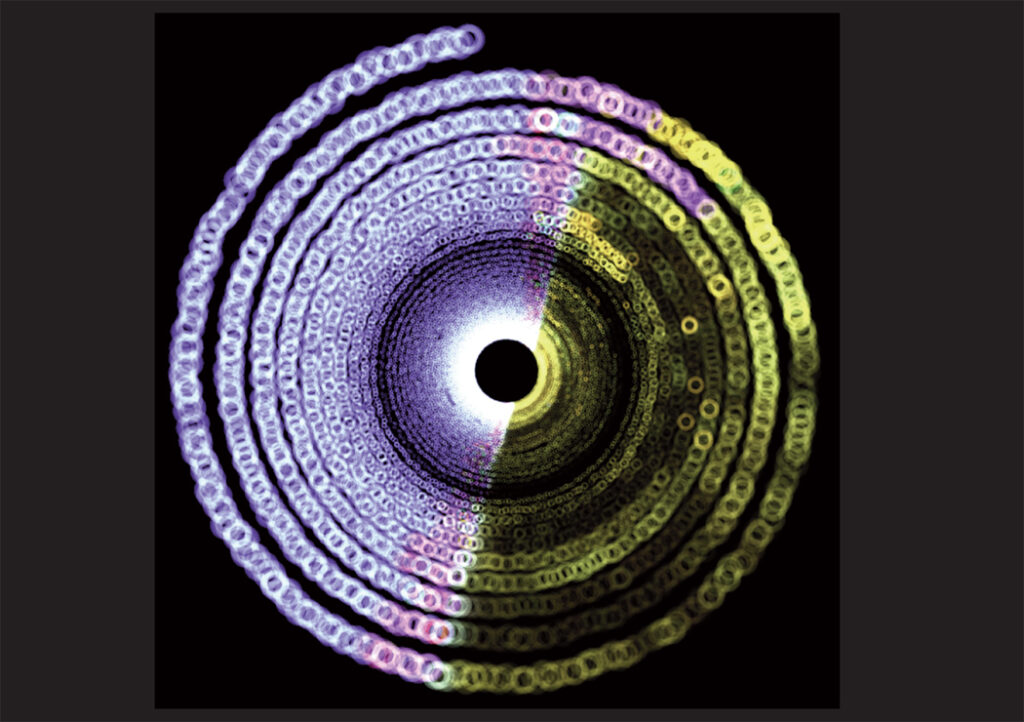
How different were you ten years ago? Many of us find that life can change significantly over a decade: we experience unforeseen positive and negative events, shift priorities and goals, and possibly even develop new tastes in clothes and music. While we can clearly see how much change has occurred in the past, it turns out humans are pretty bad at estimating how much change awaits in the future. A 2013 study(1) compared people’s expectations of change in the future with slightly older individuals’ descriptions of the past. They found that participants of all ages consistently underestimate future change (e.g., 30-year-olds predicted less change over the next ten years than 40-year-olds reported experiencing).
This phenomenon, dubbed “the end of history illusion,” is one way that our perspective of time can influence our thinking about climate and environmental changes. If we take normalcy as a given, we may fail to respond appropriately to the long-term issues we face. It can take centuries for glaciers to grow, thousands of years for ecosystems to mature, and millions to billions of years for geological formations and mineral resources to form. As we deplete and alter these systems in comparatively short time spans, it is clear that there exists a mismatch between our limited perspective of time and the pace of the natural world. Why is this so? And are there ways that we can broaden our perspectives of time?
Human-centric Time Perspectives
Our internal clocks are constantly syncing up with environmental and planetary cycles in evolutionarily advantageous ways. Every organism, including humans, has evolved to perceive the world on their own time scales, generally related to metabolic rate and body size.(2)
Since the industrial revolution, new methods of tracking time have changed the pace of life while disconnecting human activities from the natural rhythms of night and day.(3) Coinciding with that, advancements in probability and statistics allowed for speculation on future outcomes. We began to see time as a standardized measure for daily plans, work weeks, and business cycles. Increasingly, humans became able to step outside of biologically based time perspectives and exert influence on greater time scales than we can perceive. We’re “out of our lane,” depleting resources faster than they’re being replenished while destabilizing the climate and other planetary processes. It is clear now that we need to look beyond human-centric time perspectives to address our pressing sustainability challenges.
A Planetary Perspective
Over at the Dark Skies Luminous Nights project (4), staff at the University of Lancaster, England, are reinventing the clock. Their “Light Clocks” work by continuously arranging images of skylight on a spiral. According to the project’s website, it “measures time according to the changing luminosity and colour of the sky over the day and night and throughout the year.” It illustrates cycles of natural and artificial light, tracking long-term trends in daylight or nighttime light pollution. Technologies like this allow us to see how human and natural cycles interact over large time spans.
Research is also expanding our ability to interpret signals from slow-changing living systems like trees and ecosystems. By the time visible symptoms of stress appear, it is often too late to take effective action. However, a deeper understanding of molecular communication between plants(5) could help us detect and address issues earlier, allowing for timely interventions that protect these systems before irreversible damage occurs. Perhaps this research could redefine our relationship to such organisms, opening up a channel of communication with life across time scales.
Aside from the sci-fi stuff, there are tangible changes we could make today. New types of financial infrastructure such as sustainable land trusts (SILT is one local example) and green bonds are making it increasingly accessible to invest with long-term planetary and financial goals in mind. Spending more time outdoors also doesn’t hurt. Ultimately, natural rhythms have helped organisms and ecosystems coordinate autonomously for millions of years, allowing life to adapt and self-correct. By reconnecting with the world and its cycles, we can successfully rebalance the human and ecological scales of time.
- Quoidbach, J., et al. (2013). “The End of History Illusion”
- Healy, K., et al. (2013). Metabolic rate and body size are linked with perception of temporal information
- Pahl, S., et al. (2015). Perceptions of time in relation to climate change
- Luminousnights.org
- Ninkovic, V. (2020). Plant volatiles as cues and signals in plant communication
Read more by Drew Schoenfeld at substack.com/@drewschoenfeld.
